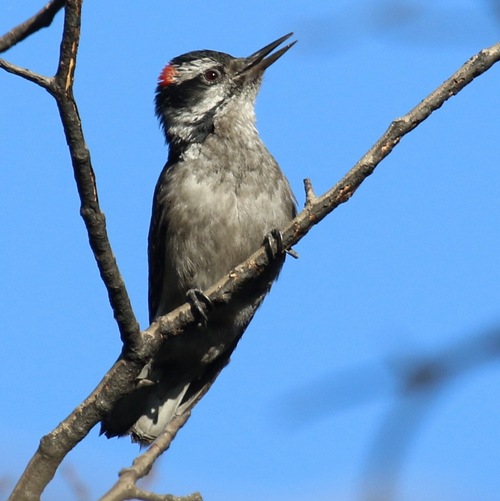Life Returns to the Strawberry Fire Area

It’s been a year since the Strawberry Fire, which burned over 4,000 acres of National Park Service and BLM land at the north end of the South Snake Range. The area looks a lot different now, and the road is closed at the park boundary. You can still drive up to the gate, and it’s worth it because of the amazing variety of plants and wildlife you can see there.

Parts of the fire were aerially seeded during the winter, using a helicopter to release seeds over slopes that weren’t too steep. This has become a common technique after wildland fires to help reduce the amount of cheatgrass growing. These seeds, along with seeds in the seedbank, have sprouted, particularly along riparian areas and wet meadows. You might see wild rose, chokecherry, elderberry, lupine, fireweed, prickly poppy, sedges, grasses, and more. Plants are growing well due to all the nitrogen that was released into the soil. Animals are attracted to all this growth. You may see jackrabbits, deer, elk, lizards, snakes, and a variety of birds. Hairy woodpeckers are especially prominent as they like to use the burned tree trunks as nests for their babies.
Some areas, however, are not recovering well, especially steep slopes. These areas are especially vulnerable when it rains, as there is no vegetation to absorb the rain. Instead, the water causes rivulets as it runs down the slopes or even becomes a wall of water called a sheet flow. This water heads to the lowest point, the creek, and then rushes downstream.

A recent flash flood in July showed debris about five feet above the usual stream level, and the stream temporarily changed its channel. Additional downpours, as often happens during monsoon season, may cause the road to wash out and change the stream channel again. Don’t enter the area during storms, and always be on the lookout for flash floods.














